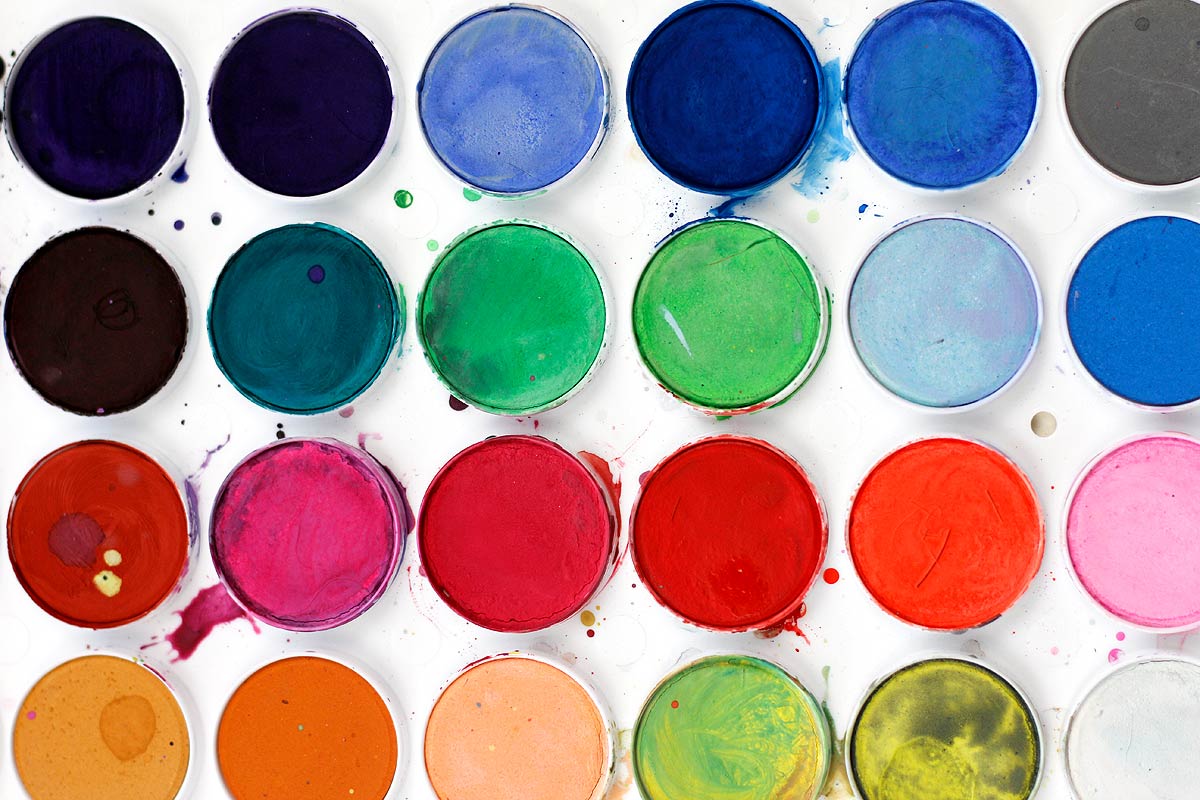Colour therapy is an ancient holistic therapy where exposure to certain colours can promote health and wellbeing by balancing the chakras or ‘energy centres’ of the body.
Colour has been used throughout history to encourage different states of mind. It is no coincidence that many spas and wellbeing centres are painted in calming blue tones, or that temples and churches use rich purples to promote spirituality. Therefore, choosing the correct colours for your bedroom or kitchen wall decor is essential to create the right mood and atmosphere for your living space.
What Is Colour Therapy?
Colour therapists, or chromotherapists believe that every colour has a different energy and vibrational frequency, and prolonged exposure to it can have a direct consequence on the body and mind. Colour is absorbed by the eyes, skin, mind and spirit. Each colour is aligned with one of the chakras of the body and can clear energy blocks that are said to contribute to illness and disease. Papyrus scrolls found in Egypt dating back to 1500 BC detail the use of colour therapy and there has also been evidence of it being used in Traditional Chinese Medicine.
More recently, an American scientist named Robert Gerard conducted a study in 1958 that proved red can invoke feelings of anxiety whereas blue can have a calming effect.
Modern colour therapists will use coloured light directed at specific parts of the body (known as colour puncture points) to treat different ailments. They may also advise wearing a particular colour in the form of a scarf or cloak.
How to Use It In Your Home
Bright, cheerful colours are ideal for busy rooms, so adding a piece of yellow wall art to a kitchen or entrance way is a great way to incorporate colour therapy into your home. Indigo is said to aid concentration and promote calm making it the perfect choice for a child's bedroom wall or as nursery art. Red and pink are associated with romance and passion but should be used sparingly as they can also increase aggression. Green symbolises life and growth and is often used to create nature scenes in playroom art or study areas.
If you have an exercise room in your home, then add some touches of orange to promote feelings of excitement and enthusiasm. Dark colours such as grey and black should be used sparingly to avoid creating a depressing feel. When using colour therapy in the home, it is important to remember that too much of a certain colour can sometimes have a negative effect. Rather than painting every wall in the room with the same colour, it is advisable to use colour sparingly by painting a feature wall or adding colourful wall art to a neutral base.
Digital art prints are a great way to invite some colour into your life as they can be downloaded instantly to your computer and printed at home. Strategically placed soft furnishings such as curtains, pillows or throws in bold colours can also liven up a room. However you choose to use colour in your living space, it is important to use a mix of different colours and shades to create balance and harmony within your home.
